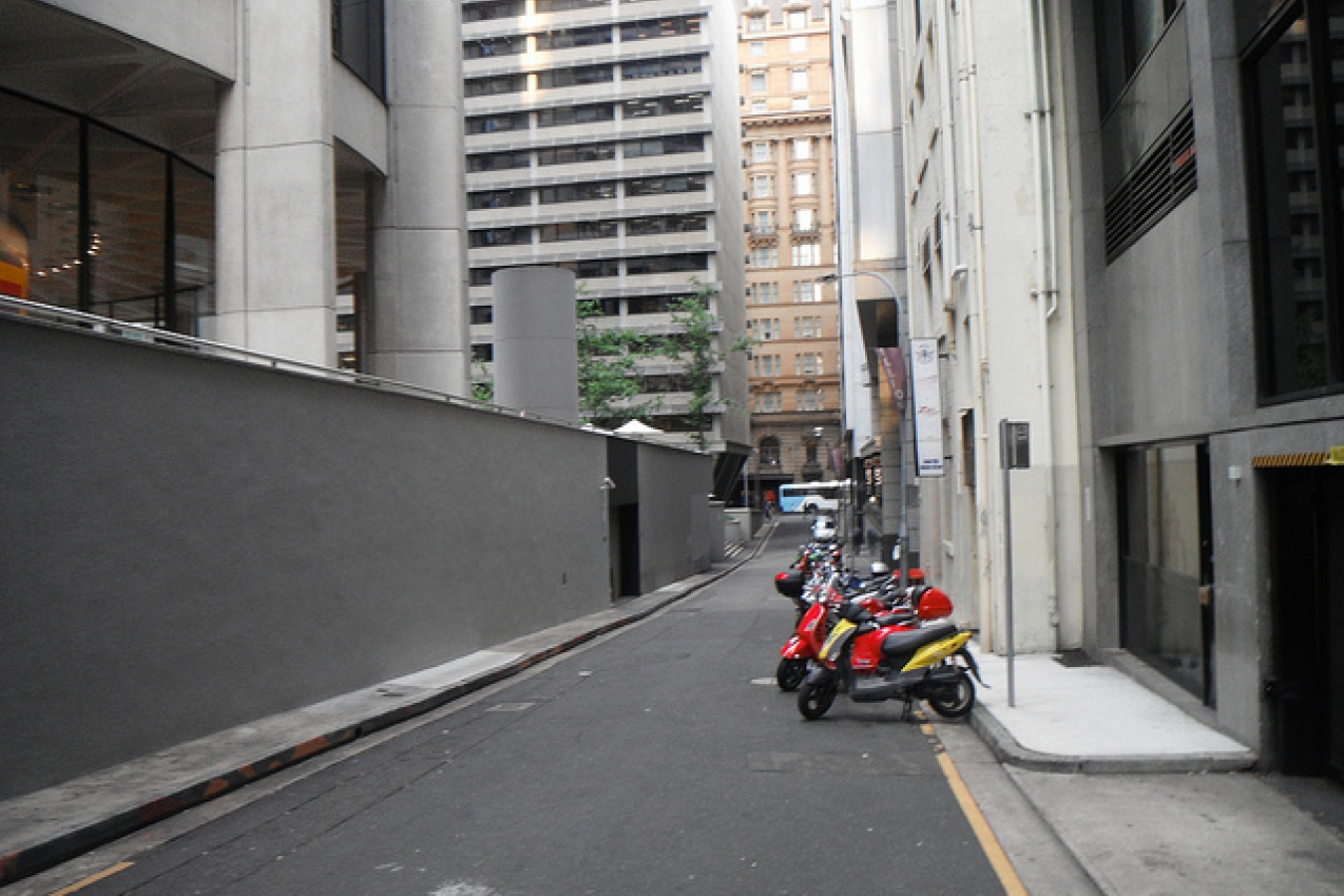Support migrant centric journalism today and donate

Australia did not suffer to the same extent as many other Countries during the recent economic downturn in 2008 and 2009. The unemployment rate over the last two years has been between 4 percent and 5.8 percent; Very low compared to most Countries.
The Australian economy is in great need of skilled workers. Many industries including the housing and mining industries are worried that as demand picks up, they will be unable to find the skills they need.
The Australian housing industry is worried that there will be shortages of skilled overseas workers which will make it difficult for builders to find sufficient skilled labour to meet their needs. According to a recent Housing Industry Association (HIA) report, 13 housing trades were under-staffed in the second quarter of 2010. HIA estimates that 470,000 new homes will need to be built over the next ten years.
The mining industry is also expected to see growth in the near future. Investment in this sector is expected to increase by as much as 50 percent, pushing up wages -- particularly in resource-rich regions of Australia such as Western Australia. The mining industry, like many other sectors in Australia, depends heavily on skilled labour from abroad.
Part of the reason for this new skills shortage is a sharp drop in immigration into Australia during the past year. In the year ending in June of 2010, permanent and long-term immigration into Australia fell by a record 31 percent, a drop of 100,000 arrivals.
As demand for skilled workers heats up, many employers will wish to bring in immigrants under Australia's employer-sponsored immigration schemes. Other sources of immigrants include those already in Australia under the General Skilled Migration programme (GSM) which has influenced other nations' immigration programmes, such as the points based system in the UK.
One of the benefits of the GSM is it's wide range of skilled jobs for which potential immigrants can claim points for immigration to Australia. The so-called Skilled Occupation List (SOL)" includes skilled trades as well as professional occupations. However, it should be noted that since 1 July 2010 the number of occupations under General Skilled Migration has been reduced from 400 occupations to 183 occupations.





















